Photo Gallery for Acleris viburnana - Viburnum Acleris | 53 photos are available. Only the most recent 30 are shown.
|
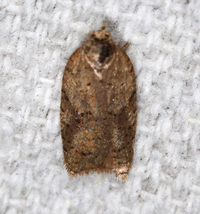 | Recorded by: Jim Petranka on 2024-04-01
Madison Co.
Comment: | 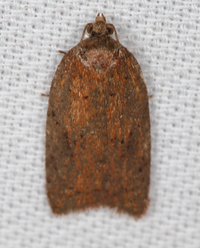 | Recorded by: Jim Petranka on 2024-03-03
Madison Co.
Comment: |
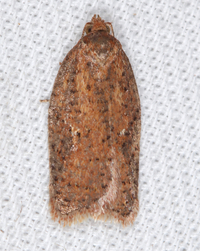 | Recorded by: Jim Petranka on 2024-02-15
Madison Co.
Comment: | 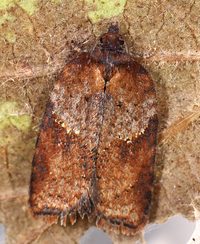 | Recorded by: John Petranka on 2023-09-23
Orange Co.
Comment: |
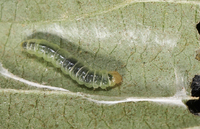 | Recorded by: John Petranka on 2023-09-03
Orange Co.
Comment: A larva in a leaf roll on Viburnum acerifolium. | 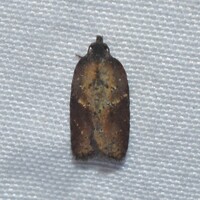 | Recorded by: David George, Stephen Dunn, Jeff Niznik on 2023-07-13
Orange Co.
Comment: |
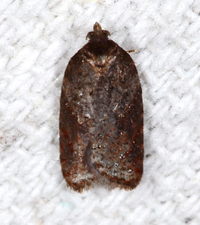 | Recorded by: Jim Petranka on 2023-06-05
Madison Co.
Comment: | 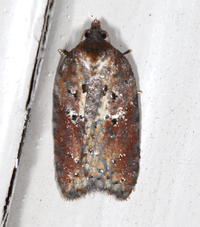 | Recorded by: Jim Petranka on 2023-05-22
Madison Co.
Comment: |
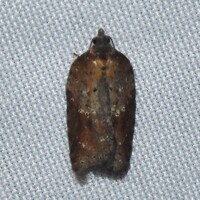 | Recorded by: David George, Jeff Niznik on 2023-05-17
Chatham Co.
Comment: | 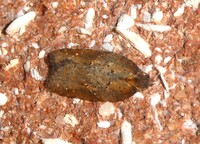 | Recorded by: Simpson Eason on 2023-05-05
Durham Co.
Comment: |
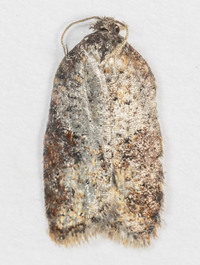 | Recorded by: Steve Hall, David George, Jeff Niznik on 2023-04-29
Orange Co.
Comment: | 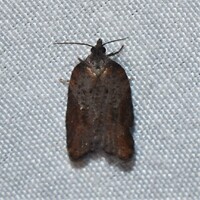 | Recorded by: David George, Jeff Niznik on 2023-04-20
Durham Co.
Comment: |
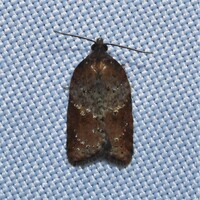 | Recorded by: David George, Stephen Dunn, Jeff Niznik on 2023-04-19
Orange Co.
Comment: | 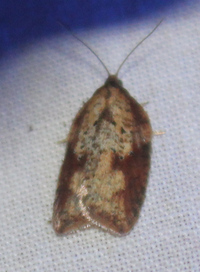 | Recorded by: Vin Stanton on 2023-01-18
Buncombe Co.
Comment: |
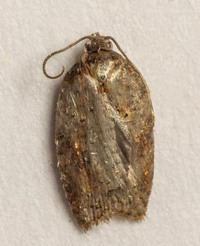 | Recorded by: Steve Hall on 2022-06-30
Durham Co.
Comment: | 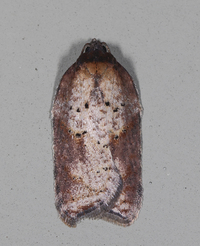 | Recorded by: John Petranka on 2022-05-04
Orange Co.
Comment: |
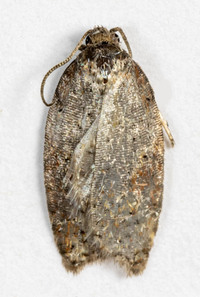 | Recorded by: Stephen Hall on 2022-05-03
Durham Co.
Comment: | 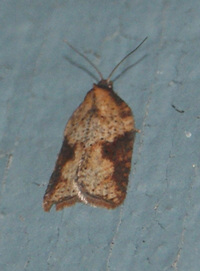 | Recorded by: Vin Stanton on 2021-12-02
Buncombe Co.
Comment: |
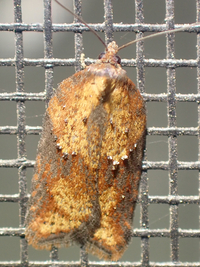 | Recorded by: tom ward on 2021-11-09
Buncombe Co.
Comment: | 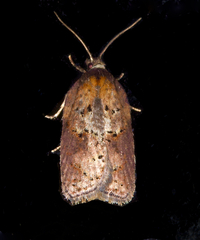 | Recorded by: Jim Petranka on 2021-05-26
Madison Co.
Comment: |
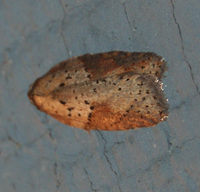 | Recorded by: Vin Stanton on 2021-02-27
Buncombe Co.
Comment: | 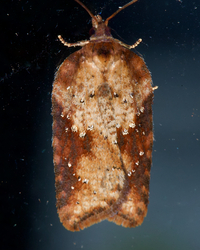 | Recorded by: Jim Petranka on 2020-11-09
Madison Co.
Comment: |
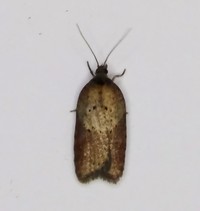 | Recorded by: Gary Maness on 2020-05-14
Guilford Co.
Comment: | 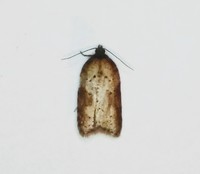 | Recorded by: Gary Maness on 2020-04-02
Guilford Co.
Comment: |
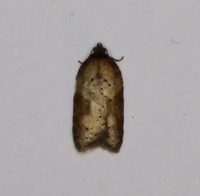 | Recorded by: Gary Maness on 2020-04-02
Guilford Co.
Comment: | 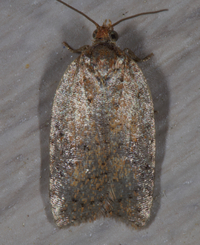 | Recorded by: Jim Petranka on 2020-03-12
Madison Co.
Comment: |
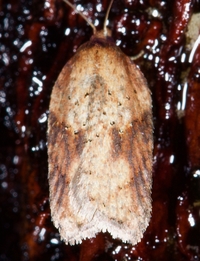 | Recorded by: Jim Petranka and Becky Elkin on 2019-12-29
Madison Co.
Comment: | 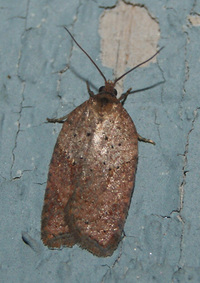 | Recorded by: Vin Stanton on 2019-11-10
Buncombe Co.
Comment: |
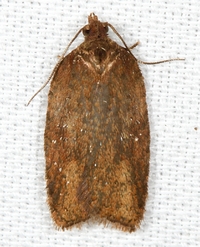 | Recorded by: Jim Petranka and Becky Elkin on 2019-11-06
Madison Co.
Comment: | 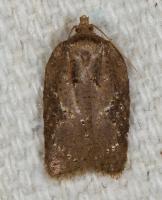 | Recorded by: Jim Petranka on 2019-05-08
Madison Co.
Comment: |
|